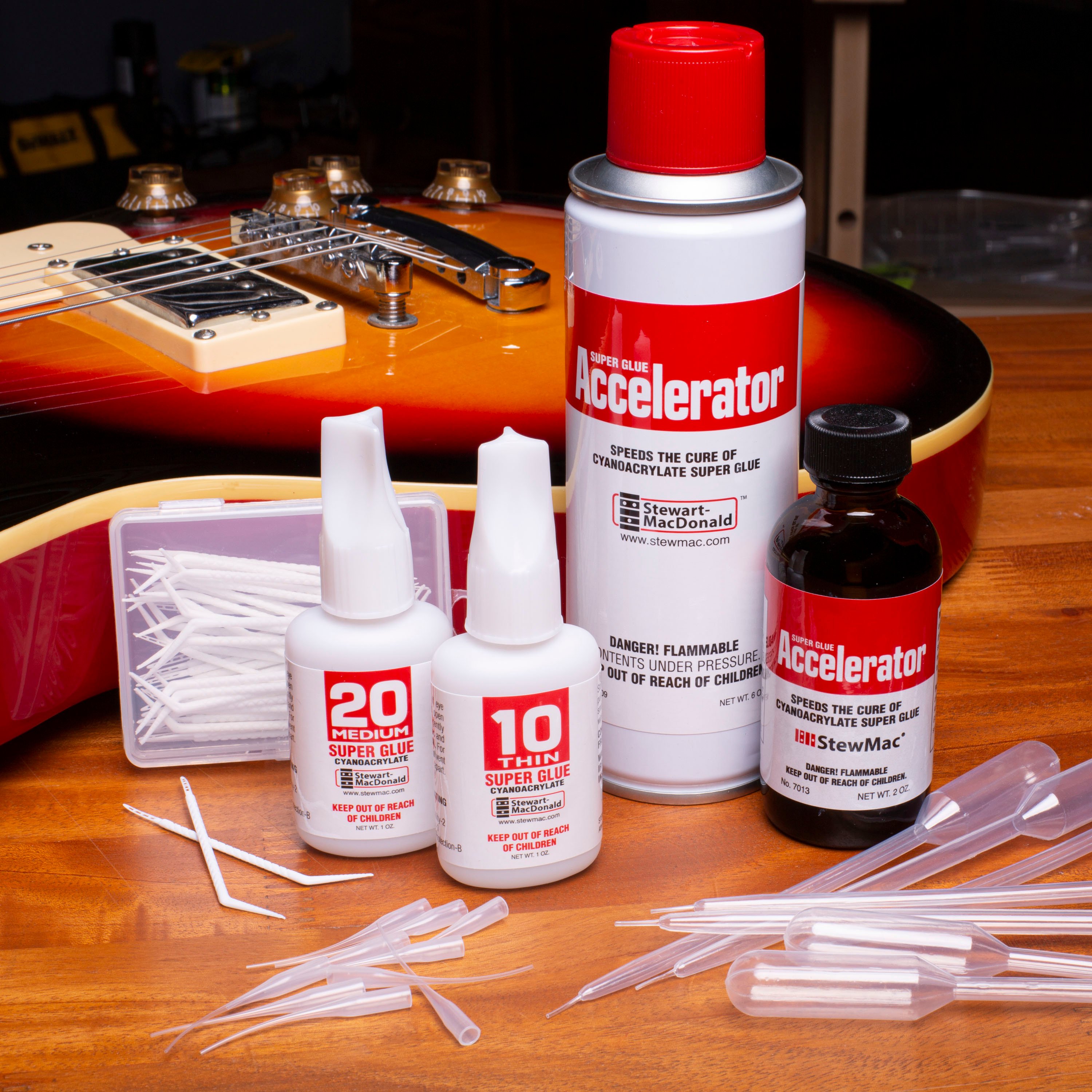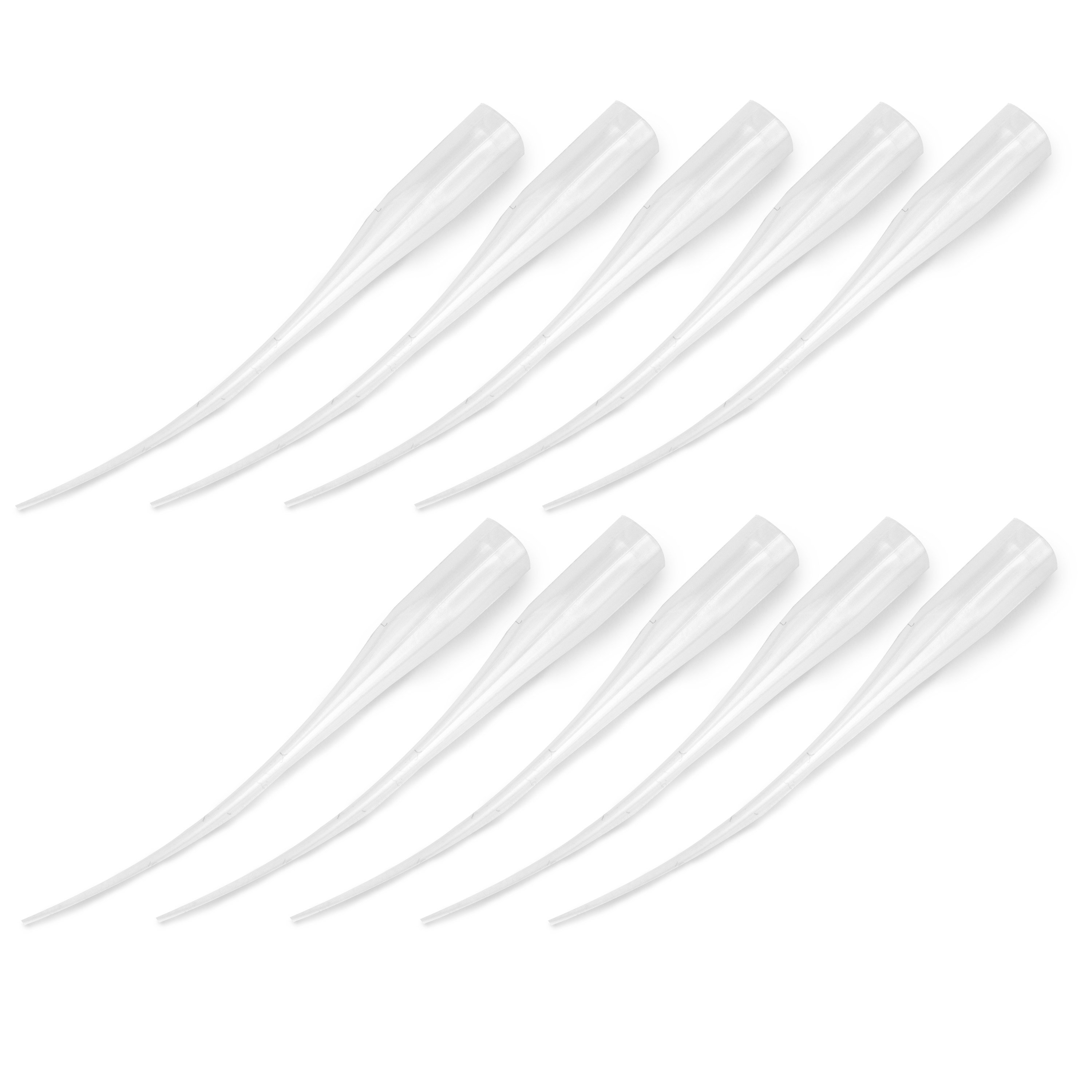Inside Story on Instant Adhesives
Dan Erlewine explains the ins and outs of working with instant adhesives and "super" glues.
IN THIS ARTICLE
| • Fumes • Effectiveness of Accelerator • Cure time | • Opaques • Mysterious blue rings • Shelf life |
Dan Erlewine shares his quandary: I was refretting a Gibson Montana-made flattop and using a soldering gun to heat the frets before pulling them. While it loosened any glue that may have been used in fretting, I was repulsed by the smoke and odor. It seemed more noxious than usual, and then I realized why: the frets were super glued in. I wondered: "Since super glue is a cyanoacrylate product, am I breathing heated cyanide fumes, or what?" Worried that I might get sick, I opened all the windows, turned on the fan, put on my spray respirator and finished removing the frets. I vowed to find out more about heated super glue fumes, and super glue fumes in general, because this wasn't the first time I'd experienced the smell. We'll all be removing more frets that were originally super glued — the first wave is just now coming through. Here's how the chemist who formulated our super glue answered some of the more common questions we are asked about super glue. If you have a question, or a tip about instant adhesives, please send it to us! Here's the word from the chemist: Cyanide is used in the manufacturing process, but it's not present at all in the bottled glue. The fumes, heated or unheated, are somewhat noxious, as is any smoke you breathe, but less so than many other products used in woodshops, such as ones containing methylene chloride or toluene (paint stripper and lacquer products respectively). Super glue in uncured form is 80 to 85 percent pure ethyl-based monomer, but there are no solvents in it. The remaining 15 percent is a stabilizer, a polymerization inhibitor, and a thickening agent — none of which is particularly harmful. Super glue and its fumes are an irritant to the mucous membranes however, and when you heat super glue or put it on a hot surface the fumes are definitely unpleasant. The Accelerator, which hastens the glue's curing time, is primarily heptane, a relatively mild acetone-like solvent that flashes off quickly and leaves the curing agent behind. (The curing agent is a proprietary substance which is dissolved in the heptane carrier). I won't tell you what it is, only that it's no more toxic than the carrier itself. Accelerator is flammable, the fumes aren't good to breathe, and you should treat it with the same cautions and restrictions you would gasoline. Work in a well-ventilated area, handle it with nonporous protective gloves, wear eye protection, dispose of contaminated papers and rags outdoors, and keep it away from food, pets, children, and pregnant women." It's commonly said that accelerator retains its potency, or ability to harden super glue that comes in contact with it, for 45 minutes. However, it has the potential to remain potent for as long as three hours. I'd wait that long if you want a guarantee that glue applied in the same area won't accelerate. It depends on the application. For thin glue joints the clamp time is going to be faster than fractures and areas where the glue is applied thick and used like an epoxy. For the average well-fit part expect the following set and clamp times: Sets in 3-5 seconds, but you may wish to clamp it for up to 2 minutes. Sets in 10-25 seconds, but you may need to clamp it for up to 3 minutes. Sets between 30 seconds and up to several minutes. All these glues don't get a true cure for twenty-four hours, and of course set and clamp times are substrate dependent. For example, on rubber, cyanoacrylates usually set in 1 to 2 seconds, which is much faster than for other substrates. No it doesn't. Not at all. The black super glue is handy for working on ebony fretboards and bridges. All of the colors (black, white and amber) are ideal for touching up gaps and repairing bindings. White makes a great base for tinting with other colors. [Dan gets a little more specific] Let's say I wish to use the #20 medium glue to make a clear fill in a 1/8" deep indentation — it might be wood or finish. I've been touching a little Accelerator to the bottom of the hole to ensure that it dries on the bottom, and then repeating the process in layers until the hole is full. Sometimes a white or blue edge appears on the crater, and sometimes it doesn't. Sometimes the whole mess gets frosty or frothy. Super glues are moisture-curing adhesives that react to water or moisture present in the air, or in the pieces being glued. This is why super glue "kicks off" so fast in humid areas and during the summer, or why some days your drop fills are clear, and some days the white ring appears. You can make perfectly clear drop fills by using only super glue and letting it cure for 24 hours. All the super glues you're using will be hard as rock in 24 hours if the application isn't excessively thick. Both super glue and accelerator have a one-year shelf life after opening. Even then, the glue retains its strength, but is losing its quick-drying ability. If you have a question, or a tip about instant adhesives, please send it to us!The repairman's concern

The Chemist Answers
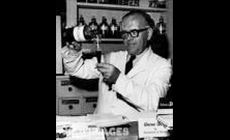
How long does accelerator remain active in the area where it's sprayed?
How long would you clamp projects with the different glues?
#10 Water-thin
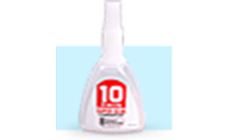
#20 Medium
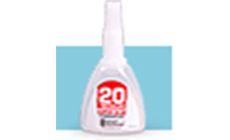
#30 Thick
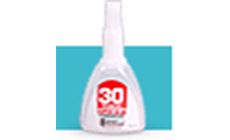
Do the opaque glues lose strength or hardness because of the colorant added at the factory?
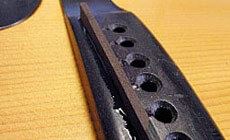
What determines if this will happen or not? What causes the blue-white ring? Is that a blush?
Is there a shelf life for super glue?
